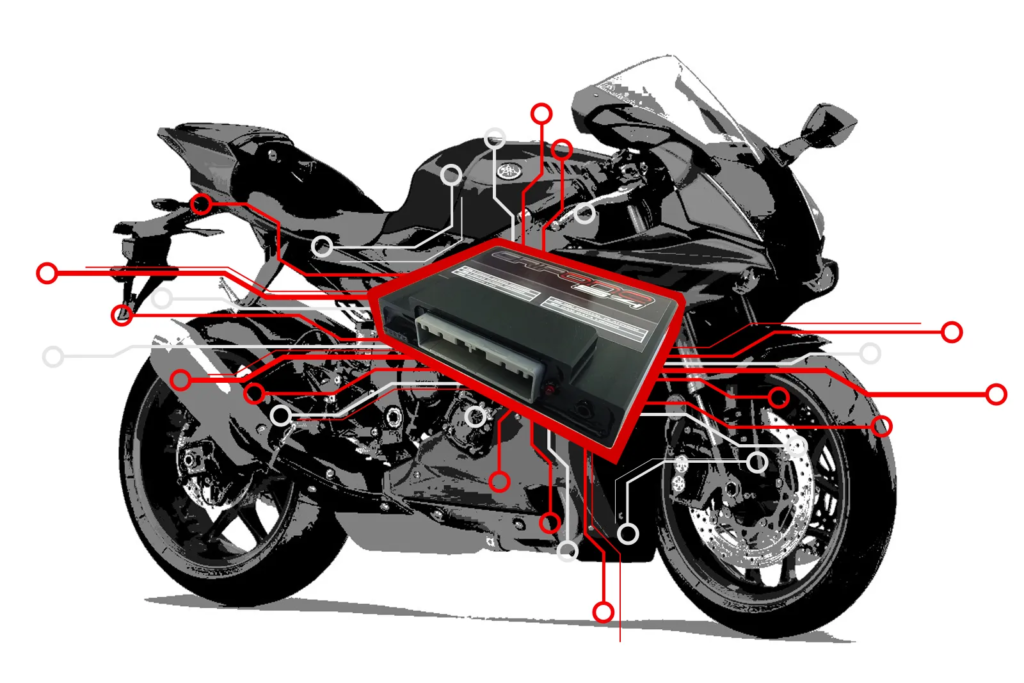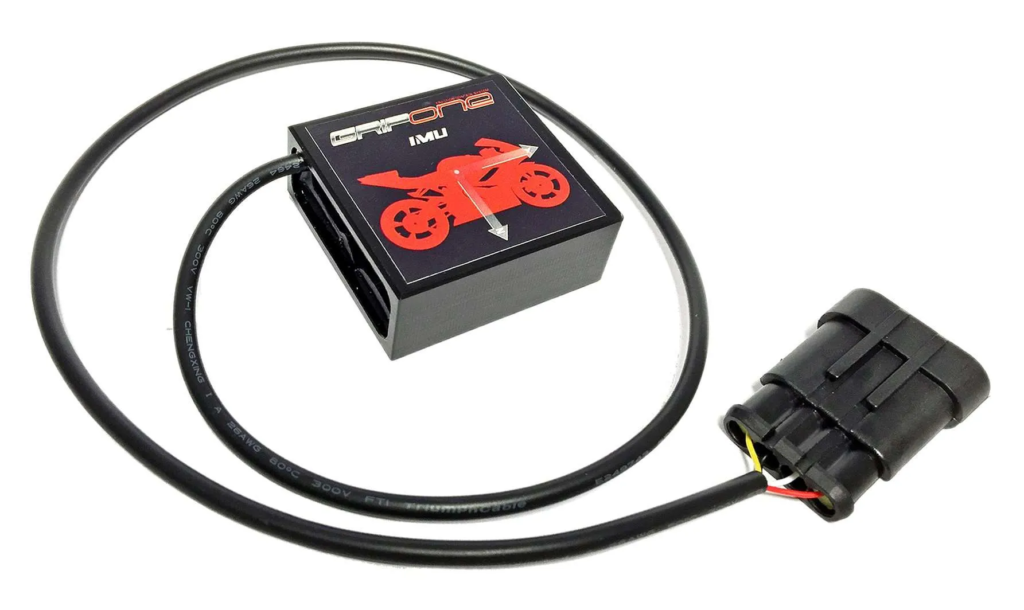
Traction Control Systems (TCS) have become a fundamental feature in modern vehicles, designed to enhance grip and stability by managing power distribution between the wheels. This advanced technology plays a crucial role in preventing wheel spin and maintaining vehicle control under various driving conditions. Whether navigating wet roads, snowy terrains, or uneven surfaces, TCS ensures that your vehicle maintains optimal traction and stability. Here’s a comprehensive overview of how Traction Control Systems work, their benefits, and their limitations.

1. How Traction Control Systems Work
Traction Control Systems use a combination of sensors, control modules, and braking mechanisms to manage power distribution and improve vehicle grip. Here’s how the technology functions:
- Sensors: TCS relies on various sensors to monitor wheel speed and detect differences in rotational speed between the drive wheels. These sensors continuously collect data on the wheels’ performance, helping the system assess whether traction is being lost.
- Control Module: The TCS control module processes data from the sensors to determine if any wheels are slipping or spinning. The system compares the rotational speed of the driven wheels to the vehicle’s speed and determines if intervention is needed.
- Braking Intervention: When the system detects that a wheel is losing traction, it intervenes by selectively applying brakes to the spinning wheel. This braking action reduces wheel spin and helps transfer power to the wheels with better grip, improving overall traction.
- Engine Power Management: In addition to braking intervention, TCS may also adjust engine power to manage wheel spin. By reducing engine output, the system helps prevent excessive wheel spin and maintains better control of the vehicle.
- Integration with Other Systems: TCS is often integrated with other vehicle systems, such as Electronic Stability Control (ESC) and Anti-lock Braking Systems (ABS). This integration provides a comprehensive approach to managing traction and stability, enhancing overall vehicle performance.
2. Benefits of Traction Control Systems
Traction Control Systems offer several significant benefits that enhance driving safety and vehicle performance:
- Improved Traction: The primary benefit of TCS is its ability to improve traction by managing power distribution and preventing wheel spin. This is especially valuable in adverse conditions, such as rain, snow, or ice, where maintaining grip is critical.
- Enhanced Stability: By controlling wheel spin and managing power distribution, TCS enhances vehicle stability. This helps prevent skidding and loss of control, contributing to a safer driving experience.
- Increased Driver Confidence: TCS provides drivers with greater confidence when driving in challenging conditions. Knowing that the system is actively working to manage traction allows drivers to navigate slippery or uneven surfaces with more assurance.
- Reduced Risk of Accidents: By preventing wheel spin and maintaining better traction, TCS reduces the risk of accidents caused by loss of control. This proactive approach enhances overall road safety and minimizes the likelihood of collisions.
3. Limitations of Traction Control Systems
While TCS offers valuable benefits, it also has limitations that drivers should be aware of:

- Not a Substitute for Safe Driving: TCS is a supplementary system and should not replace safe driving practices. It cannot compensate for excessive speed, abrupt maneuvers, or poor driving habits.
- Performance in Extreme Conditions: The effectiveness of TCS can be limited in extreme driving conditions or off-road environments. The system relies on the traction available from the tires and may struggle in very severe conditions or on surfaces with minimal grip.
- Driver Misunderstanding: Some drivers may misunderstand the role of TCS and rely on it too heavily. It’s important to recognize that TCS is designed to assist with traction and stability but does not make the vehicle immune to loss of control.
- Maintenance and Functionality: Regular maintenance is essential to ensure that the TCS system functions correctly. Issues with sensors, brakes, or other components can affect the system’s performance and reliability.
4. Best Practices for Using Traction Control Systems
To maximize the benefits of Traction Control Systems and ensure their effective operation, consider the following best practices:
- Understand Your System: Familiarize yourself with how TCS operates in your vehicle by consulting the owner’s manual. Knowing the system’s capabilities and limitations will help you use it more effectively.
- Drive Responsibly: Use TCS as a supportive tool to enhance your driving, but prioritize safe driving practices. Adjust your speed and driving style according to road conditions and avoid aggressive maneuvers.
- Regular Maintenance: Ensure that your vehicle’s TCS is regularly inspected and maintained. Address any issues with sensors, brakes, or other components to keep the system in optimal working condition.
- Be Prepared for System Limitations: Recognize that TCS may have limitations in certain conditions and be prepared to adjust your driving behavior accordingly. The system may not detect every potential hazard or handle every driving scenario perfectly.
5. Conclusion
Traction Control Systems are a valuable technology that enhances vehicle grip and stability by managing power distribution and preventing wheel spin. By improving traction, enhancing stability, and reducing the risk of accidents, TCS contributes to a safer and more controlled driving experience. Understanding how TCS works, its benefits, and its limitations allows drivers to make the most of this technology while maintaining responsible driving practices. As automotive technology continues to evolve, TCS remains a key component in improving vehicle performance and road safety.




